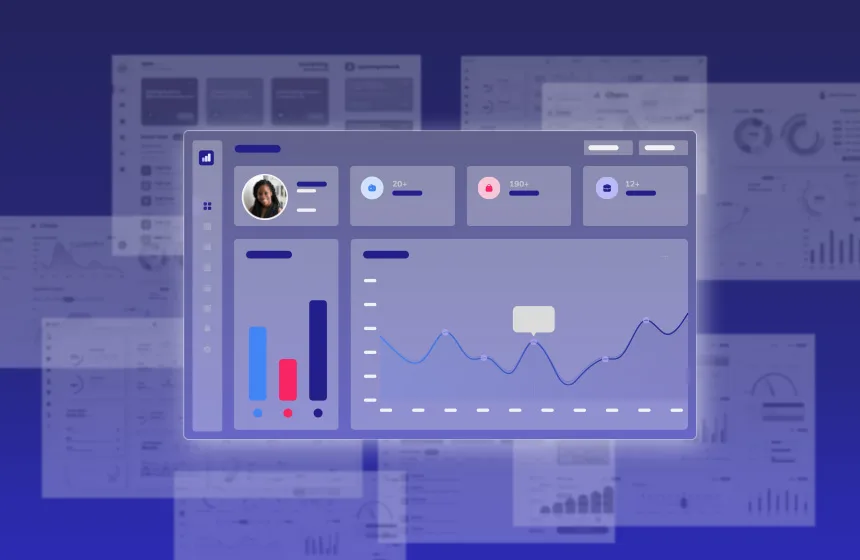Accelerate deals and increase win rates with the leading enterprise AI demo platform.
Demo as Defense: Using Product Proof to Power Negotiation and Procurement

June 11, 2025
Table of Contents
Closing deals isn’t about one perfect sales conversation anymore. New stakeholders appear out of nowhere. Legal creates bottlenecks. Procurement asks entirely different questions. All of this can make your momentum evaporate and your “sure thing” deal suddenly uncertain.
The solution? Transform demo technology into your defensive weapon — ready-to-deploy product proof that answers objections, reinforces value, and moves deals to signature despite late-stage obstacles.
The Late-Stage Reality Check
When deals reach procurement and legal review, three things typically happen:
- New decision-makers join who weren’t part of your original conversations
- Value gets questioned by people focused on costs, not benefits
- Timeline pressure builds as stakeholders demand quick answers to complex questions
Traditional responses, like scheduling new demos or sending generic materials, often backfire, creating delays instead of clarity.
5 Tactical Ways to Use Demo Tech as Deal Defense
1. Arm Your Champion with Proof Points
Your champion now has a new job: re-selling your solution internally. Make it easy for them.
Action steps:
- Create 90-second workflow demos that show time savings in action
- Build compliance walkthroughs specifically for InfoSec stakeholders
- Develop performance demonstrations that address IT scalability concerns
- Package these as shareable links your champion can distribute independently
2. Make ROI Visible, Not Abstract
Price objections usually stem from unclear value connections.
Action steps:
- Create before-and-after workflow comparisons showing tangible improvements
- Match specific features to quantifiable outcomes (time saved, errors reduced, efficiency gained)
- Use visual demonstrations instead of percentage-heavy slides
- Structure your value story as: “Here’s the old way. Here’s the new way. Here’s what you gain.”
3. Deploy Targeted Demo Segments for Late Arrivals
When new stakeholders suddenly appear asking to “see the demo,” avoid starting over.
Action steps:
- Build a role-specific demo library (executives, end-users, compliance, IT)
- Create topic-based demo segments (security, integration, reporting, workflow)
- Map stakeholder concerns to relevant demo content in advance
- Keep segments under 5 minutes for busy schedules
4. Leverage Demo Analytics as Deal Intelligence
Demo engagement data provides crucial insights for complex, multi-threaded deals.
Action steps:
- Track viewing patterns to understand stakeholder priorities
- Identify the most-replayed segments to understand what resonates
- Monitor sharing behavior to map internal influence networks
- Use engagement data to time your follow-up conversations strategically
5. Create an Audit Trail of Value Delivery
In procurement negotiations, documentation of stakeholder engagement becomes powerful leverage.
Action steps:
- Maintain records of who viewed which demo content and when
- Document feature requests that emerged from demo interactions
- Track consensus-building through demo sharing and engagement
- Use this timeline to demonstrate ongoing stakeholder alignment
Real-World Success: Learning from Zendesk
Zendesk has mastered demo defense with role-specific libraries:
- Customer service managers get operational efficiency demos
- Agents see workflow improvement demonstrations
- QA leads access reporting and analytics walkthroughs
When new stakeholders join late-stage conversations, there’s immediately relevant, targeted content ready to deploy.
Warning Signs Your Demo Defense Strategy Needs Work
Watch for these indicators that you need better demo-based deal defense:
- Deals stalling when new stakeholders join
- Value getting re-litigated in late-stage conversations
- Champions struggling to sell internally without your direct support
- Procurement pushing back on pricing without clear ROI understanding
- Technical evaluations restarting from scratch with new team members
The Bottom Line
Late-stage deal defense isn’t about having the perfect pitch — it’s about having the right proof at the right moment.
When you deploy demo technology strategically, you give every stakeholder exactly what they need to move forward confidently. New decision-makers get targeted demonstrations. Champions get shareable proof points. Procurement gets measurable value justification.
The result? Deals that maintain momentum despite complexity, stakeholders who stay aligned despite pressure, and negotiations that proceed from evidence rather than assumptions.
Key Takeaways
- Late-stage deals are unpredictable — new stakeholders, value questions, and timeline pressure can stall momentum.
- Demo technology is your best defense, giving champions shareable, targeted proof to re-sell internally.
- Tailored, short demo segments keep you from restarting the sales cycle when new decision-makers enter late.
- Visual ROI demos make value clear to procurement and finance — no spreadsheets required.
- Demo engagement data = deal intelligence, helping you time follow-ups, map influence, and document alignment.






